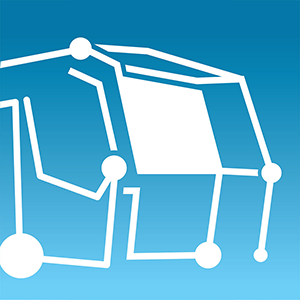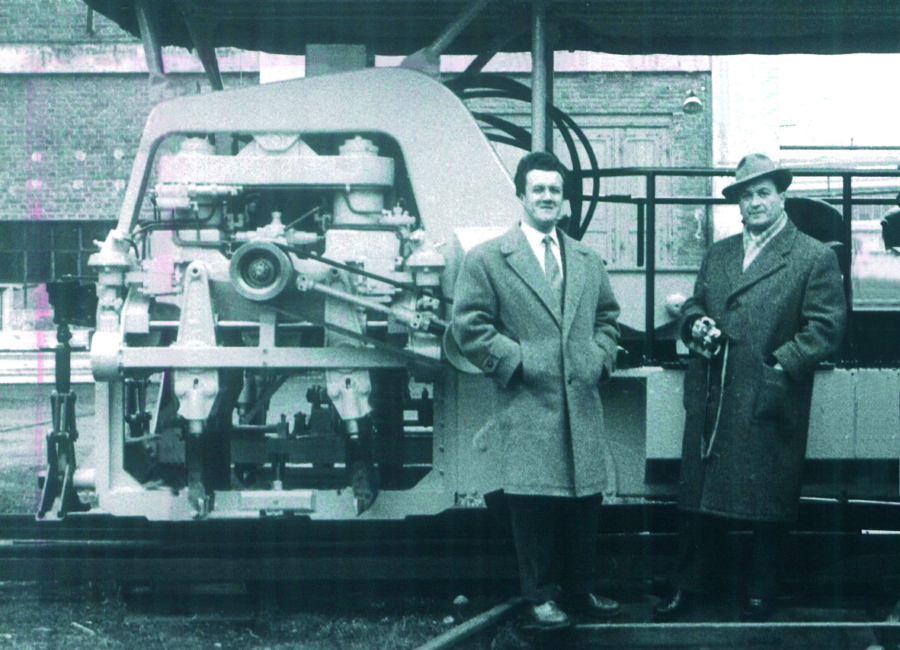
Our core technology – the tamping unit – is used in diverse designs and varying sizes on all of our tamping machines. To carry out high-quality maintenance efficiently and with maximum precision a range of further equipment is required. On all of our machines, only well-proven components are used.
These include precise and reliable measuring systems with large sized measuring wheels or highly reliable and easily maintainable steel cables used as reference cords. Work is performed using a proportional parallel levelling system with one steel cord per rail and with a single-chord lining measuring system.
The ALC automatic guiding computer takes over full control of the machine during operation. It supplies exact data for the precise correction of faults in longitudinal level and alignment in both tracks and turnouts.
The lifting and lining units used for the exact guidance of the track skeleton are generally integrated in separate frames. Lining rollers, roller lifting clamps or adjustable lifting hooks ensure the safe lifting and lining operation in tracks and turnouts.
Connecting the work units, the main frames of the machines are sturdy constructions made of high-grade steel using modern welding processes. Axle and wheel materials meet high standards. Suspensions with shock absorbers ensure a high degree of running stability.

In 1953, Franz Plasser and Josef Theurer made a decisive leap in the quality of tamping technology with the development of the first hydraulic tamping unit.
Dr. Josef Theurer – one of the founders of Plasser & Theurer – describes the development of the Plasser & Theurer tamping technology:
“The trouble with mechanical machines was that they were operated manually. This is why squeezing – and thus the consolidation of the ballast – was not performed uniformly. I had the idea to introduce hydraulics to make sure that the pressure is distributed uniformly in the fluid and transmitted equally uniformly to the ballast bed. This enabled us to ensure the right pressure, and thus the consolidation, at the vibrating tamping tines. This is crucial. We achieved uniform pressure at the tools, which was not the case with mechanical machines.
Back then, we already referred to this development as ‘non-synchronous squeezing’, meaning that each tine squeezes until it has reached its pressure. This enabled us, for example, to reach the same level of consolidation under the left and the right rail. This has been a significant contribution to the safety of the railway.”
Today, this tamping method is considered standard technology. It has been adopted by all renowned manufacturers and is used all over the world.
Plasser & Theurer has made further ground-breaking developments such as